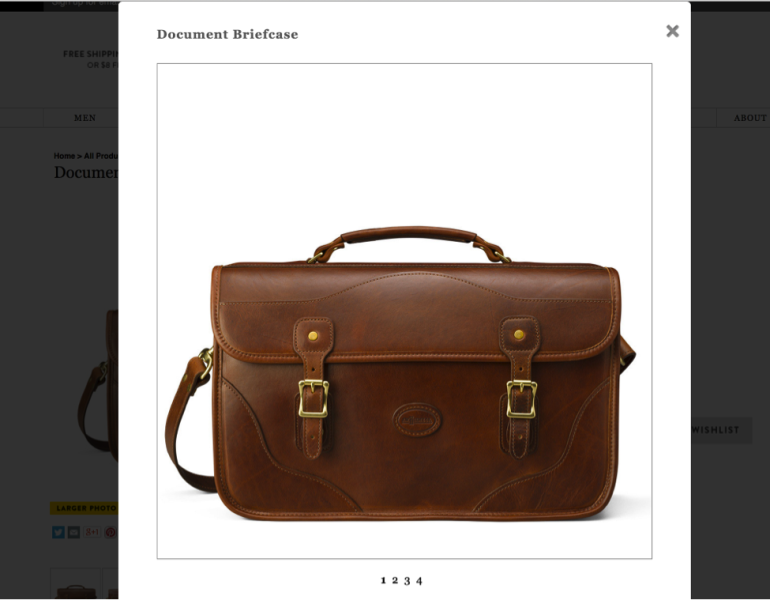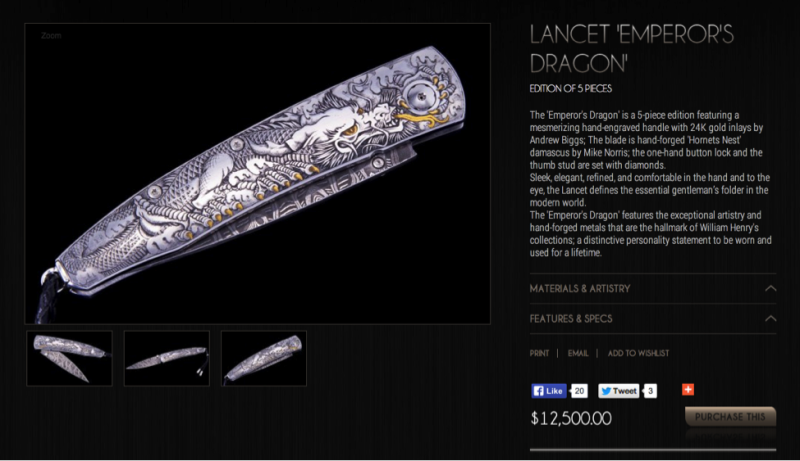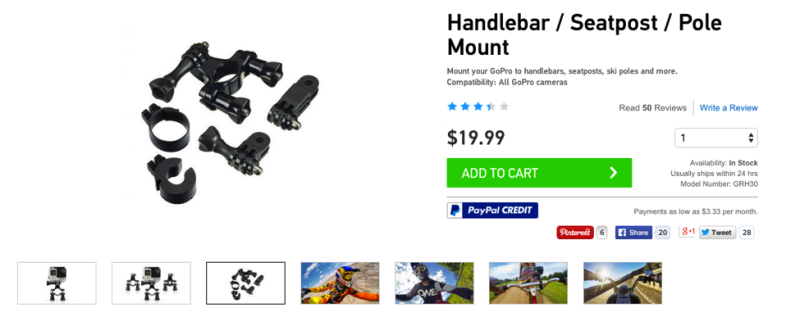High-Octane Conversion Tips For Product Images
Images are a great secret weapon for conversion optimization. They have a powerful psychological impact on customers' decision making process. Columnist Jeremy Smith explains how to create the best high-converting images for your products.

I love images.
Images, as I’ve argued before, are like a secret weapon for conversion optimization. They’re pure, raw, unobstructed power.
Regardless of the context or circumstances, images are powerful. From their explosive psychological impact to their persuasive power, images just plain work.
But what about product images? That’s what I want to explore in this article.
Let’s Set The Stage For Product Images
First off, a quick overview of what I mean by product images.
- Products are physical items that you sell. If you’re selling a digital download, you can go ahead and share this article on social media, then read another article on my blog — this post isn’t for you. BUT, if you’re selling something physical and tangible, then this article is for you. Shoes, jackets, bling, iPhone cases, watches, chairs, knives, trucks… if it’s something that you can touch, then you need pictures of it.
- Images are pictures of these items. I’m not talking about an image that you yanked from Amazon or the manufacturer’s website. I’m talking about images that you take yourself — that way, you own the rights, you possess the originals, and you can edit them to your heart’s content.
Ready? Okay, here are seven tips for making these images as killer and as conversion-ready as humanly possible.
1. Take Professional Pictures
Don’t skimp on quality! The quality of your pictures is of paramount importance.
How do you get professional pictures? You have three main choices.
Option A: Become A Professional Yourself
Becoming a professional yourself is not as hard as it might seem. There are a few things you need to know.
- It’s not cheap. To take great pictures, you need great equipment. There are some cases in which your iPhone might work (seriously), but for the most part, you’re going to need a real, actual camera such as a Nikon D7000 ($400-800), a decent lens or two ($100-3,000), flash ($100+), reflectors ($10+), tripod ($20+), backdrop frame ($50+), backdrops ($50+), and any other props, stands, and equipment.
- It’s not easy. As simple and affordable as digital photography may be, there’s still a learning curve. You can learn everything you need to learn online, though you may be best served by some in-person classes. There’s quite a bit to learn. You can, of course, unbox your new camera and take a few shots without any training. If your product images come out great, then you’re set. But to really maximize your product images for top-notch conversion action, you’ll probably want to learn your equipment, best techniques, and some technical capabilities.
Going it alone may seem like the entrepreneur’s advantage — an inexpensive DIY solution. In reality, you may be burdened with more of a learning curve and financial weight then you were prepared for.
This article is not the place to discuss details of technique or purchases such as Nikon vs. Canon, how to adjust your white balance, or best shutter speeds for specific products. That’s all involved in a crash course on DSLR photography, and something that you’ll need to deal with.
Option B: Hire A “Professional” Friend Or Relative On The Cheap
Amateur photographers are everywhere. I bet you know one. You may be able to secure their services to gain your product photos.
Here are the advantages:
- They are inexpensive. Many of these photographers are willing to provide their services free of charge in exchange for some recognition, or merely for building a portfolio.
- They already have the equipment. Like I discussed, equipment is not cheap. The good news is, many amateurs have already purchased the equipment, and are ready to go take some pictures.
- They might be really good. Some of these amateurs are really good. They can take killer pictures, worthy of magazines, National Geographic, or (better yet) the front page of your website.
But, along with these compelling advantages are a few potential downsides.
- They’re not professionals. You’re hiring an amateur, with all that entails. There are a million different types of photography, and product photography is a niche of its own (with many sub niches). Maybe your photography friend has been doing wedding photos or landscape photos, but those are a far cry from most product photos. Just be prepared for things not to turn out how you envisioned them.
- Things could get awkward. You don’t want to ruin relationships. Photography is one of those areas where a problems are framed, emotions flash, nerves get exposed, and problems develop. (Sorry, couldn’t resist the puns.) Don’t sacrifice relationships just to possibly get product images on the cheap.
Option C: Hire A True Professional (Not On The Cheap)
In the long run, the best product images might come from the lens of a true professional, complete with great equipment, scheduled studio sessions, a crew, editing services, a portfolio, and somewhat shocking invoices.
Be sure to do your due diligence. Vet their references, examine their portfolio, and make sure they have experience in your niche.
2. Feature High Quality Images
Using professional pictures serves as an umbrella point of advice for everything that follows, but I’m also going to share the most actionable and direct advice that I can for your product images:
Quality images are integral to the success of your sales.
A high-quality image does more to prove that you have a high quality product than anything else. Crappy images indicate, in the mind of a potential customer, that you have a crappy product. There is simply no way around this.
The briefcase pictured below will set you back a thousand bucks. For the customer of a $1k briefcase, quality means everything. The images that they use — high-res and high-quality — are all about the product’s integrity and durability. The quality of the pictures proves the quality of the products.
William Henry makes gentlemen’s blades. (In other words, really expensive pocket knives.) The pictures must be high quality, because this is a high-quality product. (Retail: $12,500)3. Show Details
Really good product images show details.
Detailed pictures are like trust-builders. They prove to the potential customer that you have covered every possible area of concern and interest.
Take Rolex, for example. A Rolex is unquestionably one of the world’s finest timepieces. They prove it with their photos, which show the exquisite details of the Rolex watch.
Below is a detail of the winding mechanism, called the “winding crown.” The Rolex page, which features these detailed images, presents this picture in full color, reflexive power.
The site goes on to feature just about every dial and screw in the watch, including this photo of the internal workings. Rolex specifically explains that “the screw heads are mirror-polished and all edges are beveled.” The proof is in the photos. Many product images allow zoom functionality. This is a great way to allow the user to look at details if they choose to.Here’s the image from a floral delivery website. They show details, because in something like floral arrangements, even petals and stamens matter.

Details need to shine through for every product, but especially for those that the user will be using or wearing. Shoes are an example. Macy’s lets you get up close and personal with this shoe.
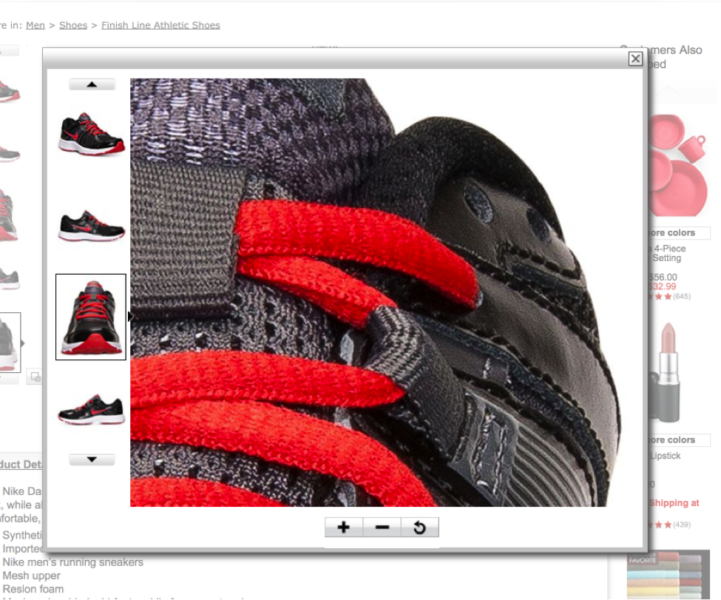
Detail at that level almost allows you to feel the laces. That kind of detail pushes the user that much closer to a conversion.
4. Show Off The Benefits
Product photos have a powerful conversion tilt for this reason: They feature the product’s benefits.
Today’s customers are not interested in finding “solutions” to their problems — they already know the solutions. They are interested in discovering benefits. Product pictures are one of the best ways to feature those benefits.
Often, details and benefits go together. For example, Jaybird headphones are a high-end Bluetooth sound device. Their product page features this huge picture of a very small item. That’s the power of the photo — it shows the product’s size (very small), while proclaiming the product’s big battery life.

Saddleback Leather makes hand-made leather products that are designed to last. That’s why they have pages of detailed information, with lots of pictures that are designed to promote the product’s details.

5. Let The User Explore The Picture
Today, shoppers are making major purchases online, never having seen, felt, touched, smelled, or experienced the actual physical product.
Product pictures help to fill this vacuum. The more significant your purchase, the more you should allow your users to “explore” the picture.
What do I mean by this? Most significantly, you should let users look at the product with its different options — color, texture styles, fabric, etc. If you have a product that is available in different styles, be sure that you let the user explore all possible variations.
This sectional from West Elm comes in a variety of fabric weave and colors. Each fabric has its unique color variations. When you click on the fabric, the photo changes to reflect the chosen variety.
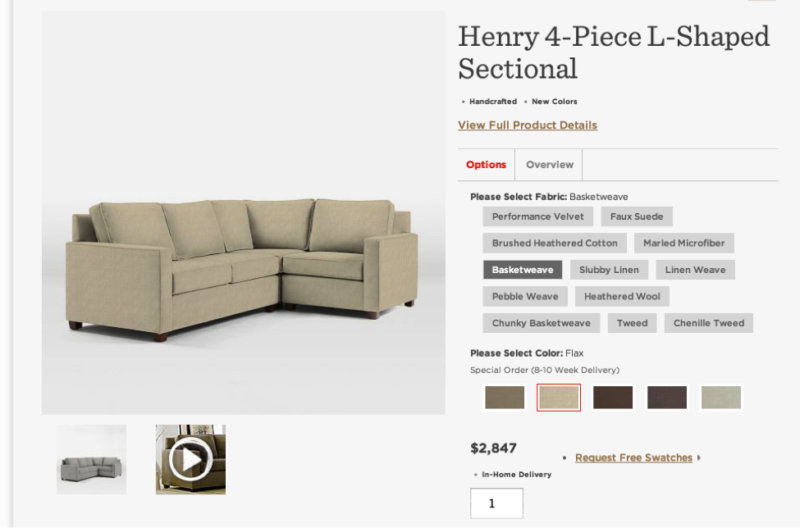
This idea of “exploring” is also important for seeing a product from different angles. Banana Republic allows you to explore the product from three different perspectives, while also viewing larger size images and rolling over to see details.
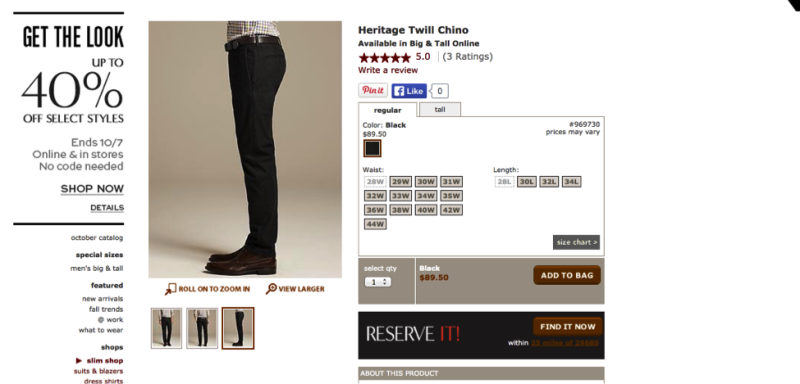
The MacBook Pro sleeves offered by Mac-Case.com come in five different colors. Each color has its own detailed photo. The best part, though, is the variety of “Alternative Views” at the bottom of the page, which give you plenty of options for exploring the product.

6. Use The Right Background
The background of the picture is as important as the picture itself.
A background serves to enhance the product photo. For this reason, most product photographers choose to have a clean, white background. The “infinity curve” background is the best way to achieve this style of background.
When you have a clean, distraction-free background, the viewer is free to focus on what really matters: the product itself.
7. Show It In Action
Don’t just show the product. Show how it’s used, too.
A user is going to be thinking through it in his or her mind.
- Will this work when I….
- How will this look if…
- What if I’m using it in the…
Instead of letting them wonder, go ahead and show them. By addressing that concern with a visual solution, you’re nudging the user closer to a conversion.
GoPro does a fabulous job featuring their product in action. Their camera isn’t exactly sexy-looking. It’s basically a metal box with a lens. But the stuff you do with the camera sure does have an impact.
It makes you want to buy a GoPro.

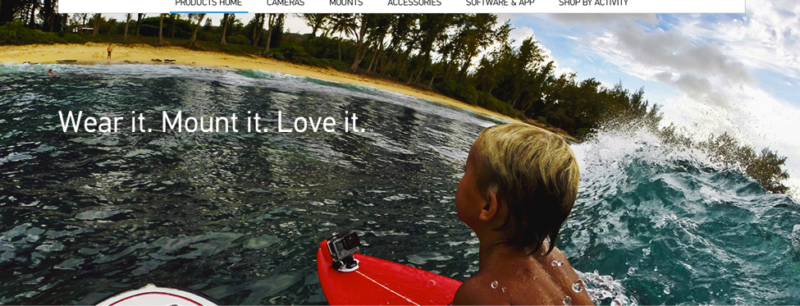

GoPro also uses these images to flesh out the fullness of their product. Remember that bit about benefits? Check out how they integrate product detail images along with activity images.
UnderArmour uses the same approach. While they use standard product images, they also mix it in with a wide variety of action images, showing product ambassadors using their products in their natural habitat.
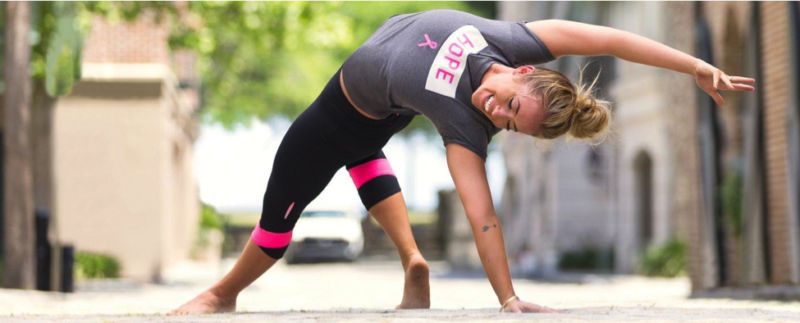
Conclusion
Product images are a huge source of extra conversions. Using them to their maximum power isn’t easy and it isn’t cheap, but the ROI is obviously there.
Here’s a recap of the crucial tips that will amp up your conversion rates:
- Take professional pictures. Do it yourself, call your brother-in-law, or hire a pro. Whatever you do, make sure they are professional.
- Feature high quality images. High quality images usually mean a high quality product.
- Show details. Let the product show itself off in all its glorious minutiae.
- Show off the benefits. Sell them on the visual appeal of those benefits.
- Let the user explore the picture. They may not be able to touch it with their hands, but you can let them touch it with their eyes.
- Use the right background. White is best, but you may want to get creative with action photos.
- Show it in action. A product in its natural habitat tends to sell itself.
Ready to go sell some products? With these powerful images tips, you’ll be pleasantly surprised at how much you’ll sell, how easily, how quickly, how visually…
Contributing authors are invited to create content for MarTech and are chosen for their expertise and contribution to the search community. Our contributors work under the oversight of the editorial staff and contributions are checked for quality and relevance to our readers. MarTech is owned by Semrush. Contributor was not asked to make any direct or indirect mentions of Semrush. The opinions they express are their own.
Related stories
